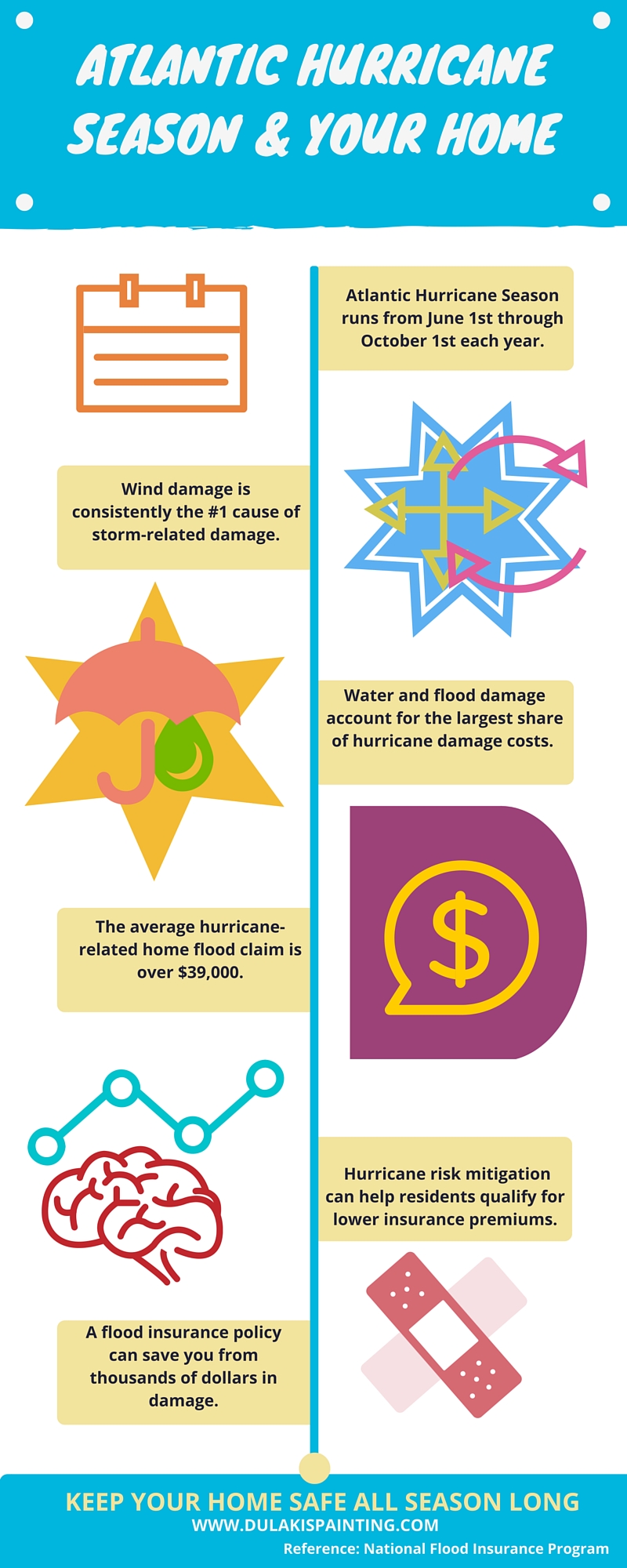Seasonal Factors In Commercial Exterior Paint: Secret Insights You Must Understand
Seasonal Factors In Commercial Exterior Paint: Secret Insights You Must Understand
Blog Article
Staff Author-Ford Rosendal
When you're planning a business external painting job, seasonal factors can make or break your results. You'll want to consider just how temperature and moisture impact paint application and drying out times. Selecting the ideal period can ensure your paint adheres effectively and lasts much longer. But which periods are genuinely the best for this kind of job? Let's explore click the up coming web page that can affect your job's success.
The Influence of Temperature Level on Paint Application
When you're planning a business exterior painting job, the temperature can significantly impact how well the paint adheres and dries.
Ideally, you want to paint when temperatures range in between 50 ° F and 85 ° F. If it's too cool, the paint might not cure properly, resulting in issues like peeling or cracking.
On the other hand, if it's as well warm, the paint can dry out too quickly, protecting against appropriate bond and causing an irregular coating.
You should also think about the moment of day; morning or late afternoon uses cooler temperature levels, which can be more positive.
Constantly inspect the supplier's suggestions for the particular paint you're making use of, as they typically provide advice on the ideal temperature variety for ideal results.
Humidity and Its Effect on Drying Times
Temperature isn't the only ecological aspect that influences your business exterior paint job; humidity plays a significant function too. High humidity degrees can slow down drying times dramatically, influencing the overall quality of your paint work.
When the air is filled with moisture, the paint takes longer to cure, which can lead to problems like poor attachment and a higher threat of mold growth. If you're repainting on a specifically damp day, be gotten ready for extensive delay times between coats.
It's crucial to keep an eye on neighborhood weather and plan accordingly. Preferably, go for paint shelf life in between 40% and 70% for optimal drying.
Keeping these consider mind guarantees your task remains on track and provides a long-term surface.
Best Seasons for Commercial Exterior Paint Projects
What's the very best season for your industrial external painting projects?
Spring and early autumn are generally your best choices. Throughout these seasons, temperature levels are moderate, and humidity degrees are usually lower, developing optimal conditions for paint application and drying out.
Avoid you can try this out , which can cause paint to completely dry too promptly, bring about bad adhesion and finish. In a similar way, winter months's cold temperature levels can hinder appropriate drying out and curing, running the risk of the durability of your paint job.
Go for days with temperatures between 50 ° F and 85 ° F for optimum results. Keep in mind to examine the regional weather prediction for rain, as wet conditions can destroy your project.
Preparation around these elements guarantees your painting job runs efficiently and lasts much longer.
Conclusion
In conclusion, intending your industrial external painting jobs around seasonal considerations can make a significant distinction in the result. By organizing work throughout the perfect temperatures and moisture levels, you'll make sure far better adhesion and drying out times. Remember to watch on neighborhood weather report and select the correct time of year-- spring and early loss are your best options. Taking these actions will help you accomplish a durable and professional surface that lasts.
